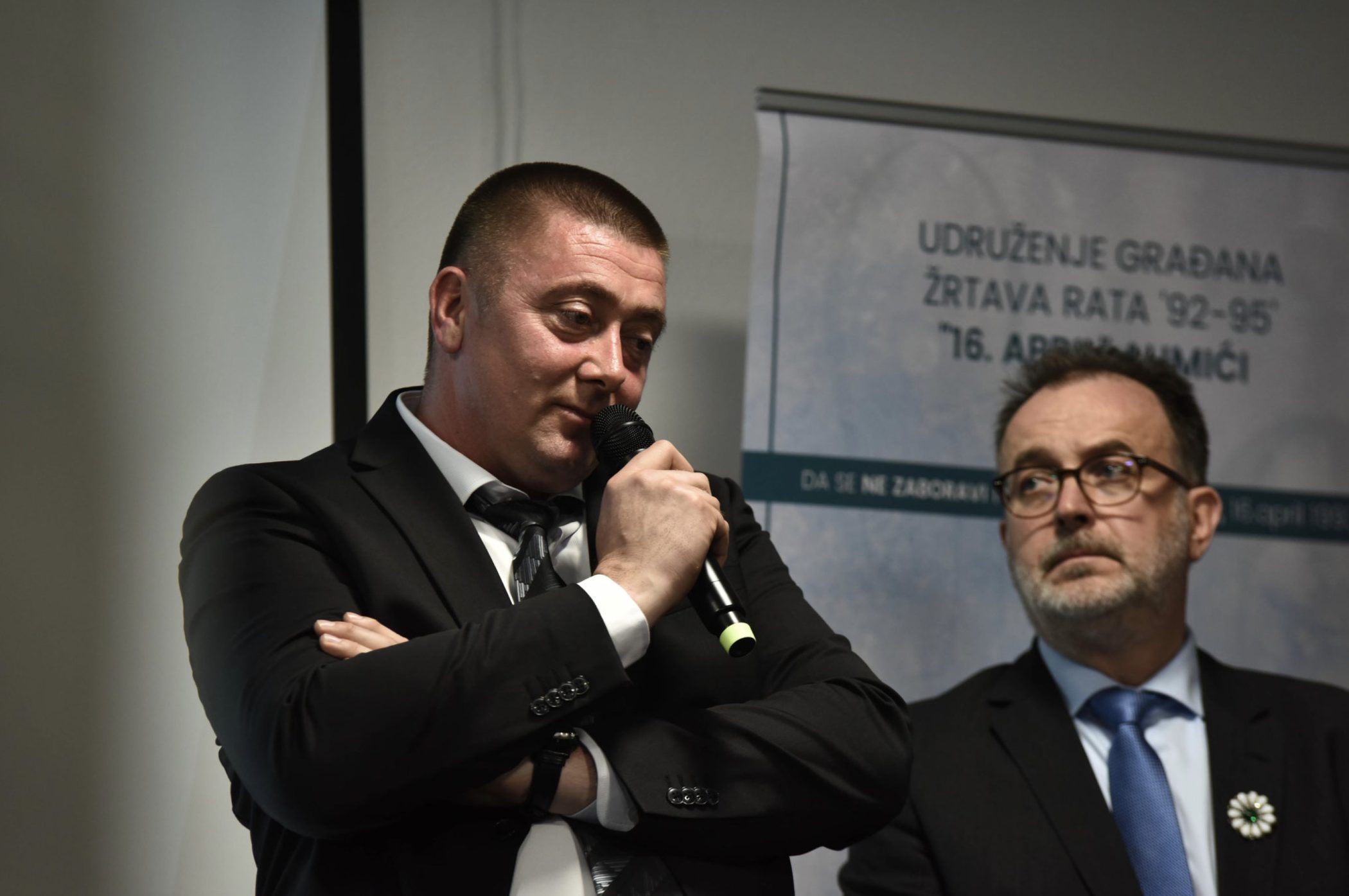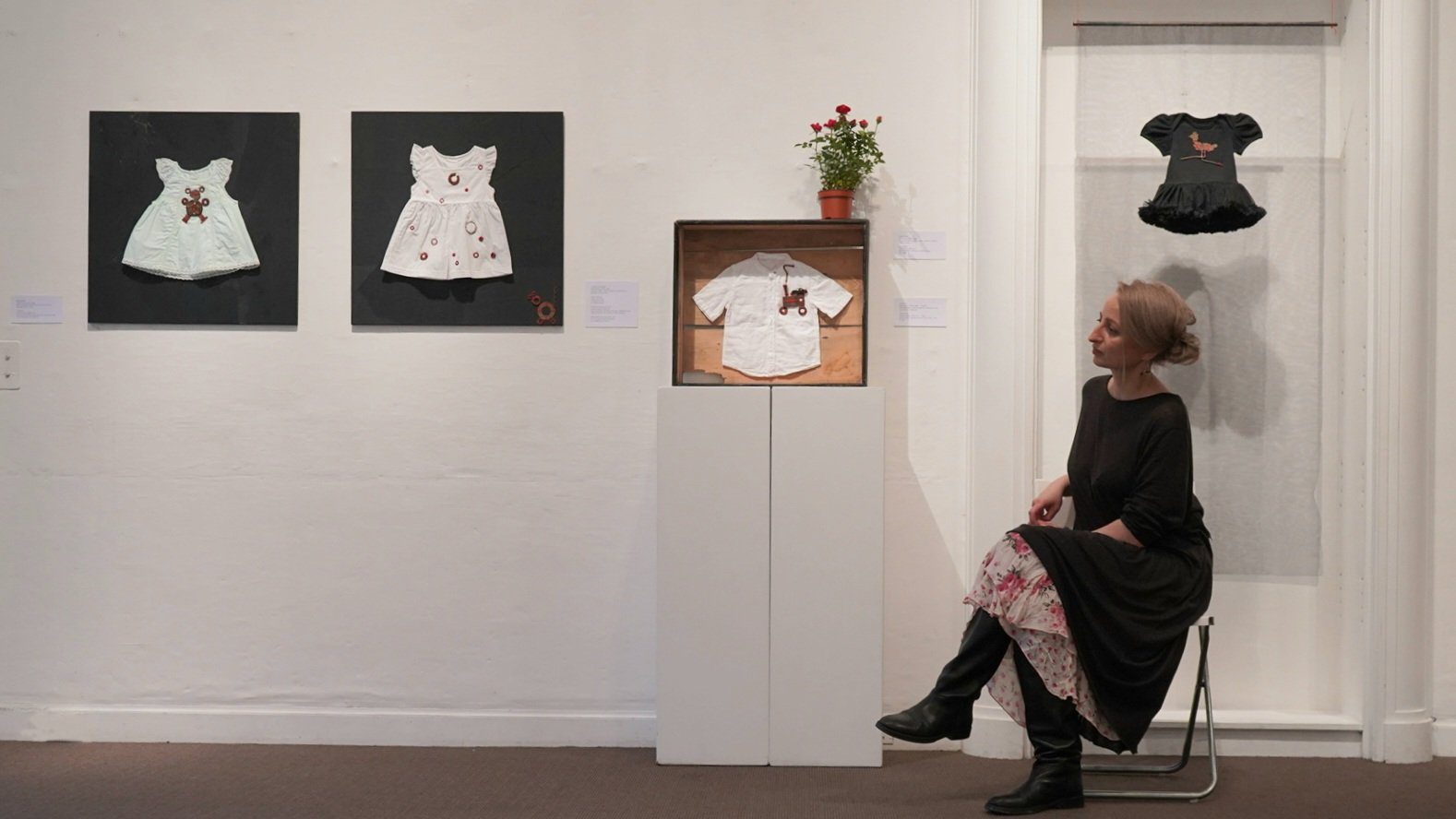This post is also available in: Bosnian
He said that he has always been interested in the Balkans, and as a young man, he followed the events of the Bosnian war in the early 1990s.
“The siege of Sarajevo, I remember everything and I could not understand what was unfolding in front of my eyes. I read that children were being killed and I was so upset and angry,” said the 54-year-old photographer.
Part of Dekoninck’s project consists of portraits of people who shared their memories of the siege of Sarajevo. The two other parts consist of photographs and stories from Srebrenica, where genocide was committed in 1995, and Prijedor, where there was widespread violence and ethnic cleansing in 1992.
Dekoninck recalled that it took him two days to find the location of the Tomasica mass grave near Prijedor, the biggest Bosnian war grave found so far. He said spoke to local foresters, but they said there was no grave there.
“There is no Tomasica grave? How can you say that? Just type it into Google,” he responded.
“I was expecting another horrible place that would give me goose bumps again, but this was a place in which I could have stayed the whole day. It was as if nature decided that it would clean all the violence of the humans and transform the place into a small heaven… It’s so peaceful,” he said.
‘How can you torture people in a school?’


Dekoninck was particularly touched by his visits to Pilica near Zvornik and Kravica near Bratunac, where Bosniaks from Srebrenica were massacred by Bosnian Serb forces in 1995, and by seeing school buildings where people were imprisoned or killed.
“How can you torture people in a school? How can you kill people in a school?” he asked.

As well as visiting locations in Bosnia and Herzegovina, Dekoninck also attended the final verdict in the case against Bosnian Serb wartime military chief Ratko Mladic at the UN war crimes court in The Hague in June last year, and took portraits of members of war victims’ and detainees’ associations.
This year, he is planning to complete his project in Bosnia and Herzegovina and hopefully publish a book that will draw attention to the realities of the 1992-95 war at a time when genocide deniers have become increasingly vocal.
“My personal goal is that people will not look at the genocide in Bosnia and Herzegovina as just a statistic, which is what usually happens,” he said.
“I want to show part of what happened, and what it’s like today, in order to raise people’s awareness about what happened in Europe. We’re all hearing the noise of nationalism in a lot of European countries and maybe people will say: ‘Well this could happen anywhere.’ And it could happen anywhere.”
See more of Fabrice Dekoninck’s photographs from Bosnia and Herzegovina on his website.


